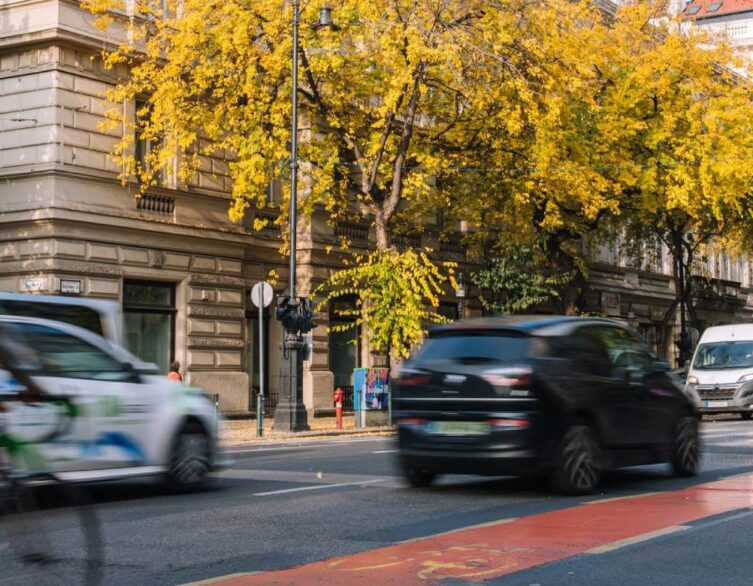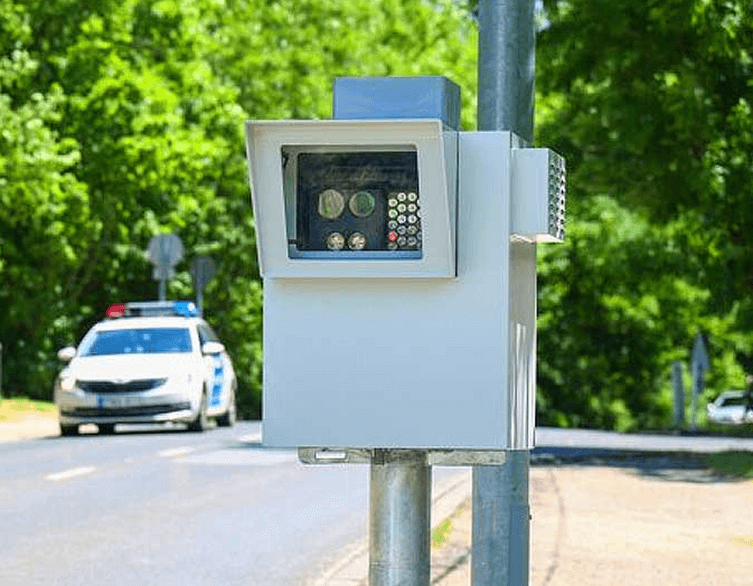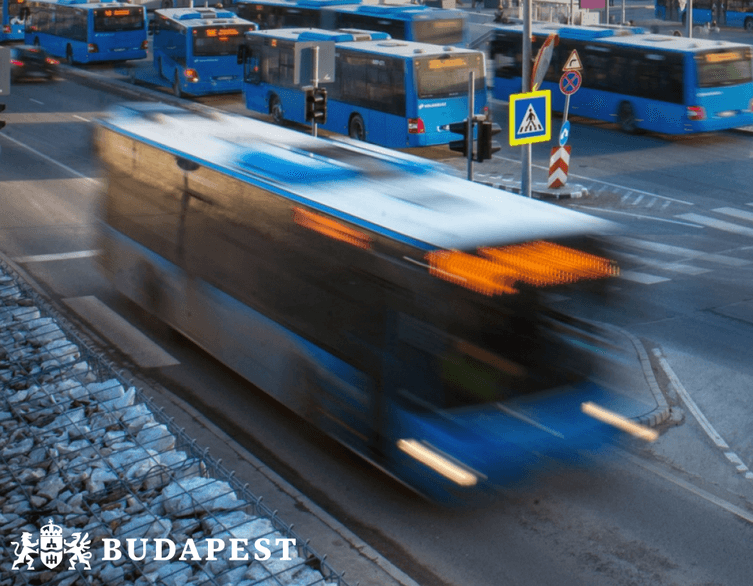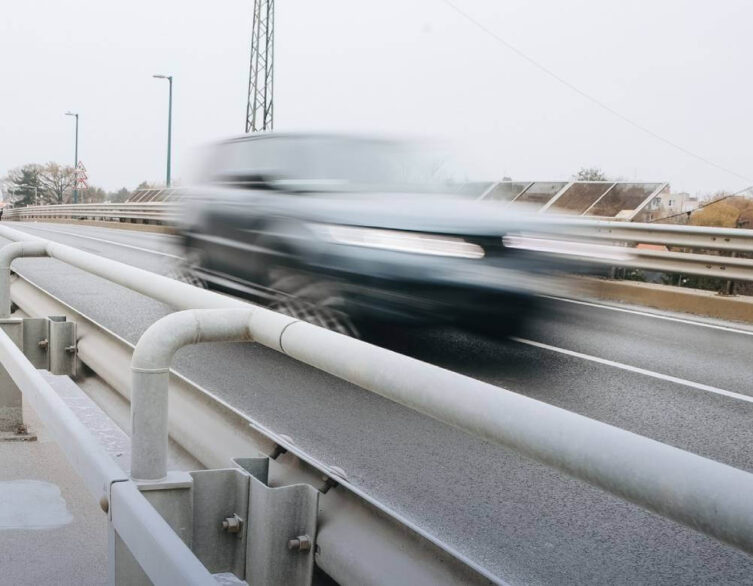Budapest’s New Traffic Control Cameras: A Modern Approach to Road Safety

In a significant move to enhance road safety, Budapest has recently implemented an extensive network of fixed traffic control cameras across the city. This initiative, launched on October 30th, marks a new era in the capital’s traffic management system, with remarkable results emerging within just the first few days of operation.
The New Camera Network
The city has installed 26 new fixed-position speed cameras at various strategic locations throughout Budapest. These state-of-the-art devices are positioned at key traffic points, including major bridges, busy intersections, and high-traffic roadways. The installation represents a substantial investment in the city’s infrastructure and demonstrates a serious commitment to road safety.
Early Results and Impact
The initial statistics from the first four days of operation are quite striking. The cameras captured approximately 10,000 speeding violations, indicating that many drivers have yet to adjust their driving habits. This high number comes despite extensive prior public announcements and media coverage about the cameras’ installation.
Hotspots and Key Locations
Some locations have proven particularly active in terms of violations. The busiest camera locations include:
- Petőfi Bridge (Buda side): 2,055 violations
- Üllői Road/Vágóhíd Street intersection: 1,703 violations
- Szentendrei Road/Raktár Street: 1,226 violations
Interestingly, the camera on Main Road 6 near Növény Street recorded only 48 violations, making it the least active location.
Best deals of Budapest
Financial Implications for Drivers
The consequences of speeding have become more serious with these new implementations. Violators now face a minimum fine of 50,000 Hungarian Forints, making compliance not just a safety issue but also a significant financial consideration.
Public Communication and Awareness
The Budapest Police Department, in collaboration with the City Council, made considerable efforts to inform the public about these changes. They held press conferences, published information across various media platforms, and provided detailed locations of all cameras. Despite these efforts, the high number of violations suggests that many drivers haven’t adjusted their behavior accordingly.
Looking Forward
While the initial data might seem discouraging, city officials remain hopeful that these cameras will ultimately lead to improved road safety in Budapest. The presence of fixed cameras typically results in long-term behavioral changes among drivers, though this adjustment period can take time.
Conclusion
The introduction of these traffic control cameras represents a significant step forward in Budapest’s traffic management strategy. While the initial results show a high number of violations, the system is expected to contribute to safer streets in the long run. As drivers become more aware of these enforcement measures, we may see a gradual reduction in speeding violations and, consequently, safer roads for all Budapest residents and visitors.
Image source: Budapest City Hall
Related news















